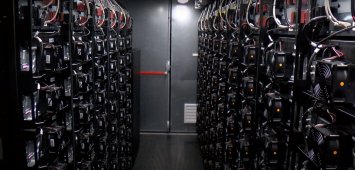The ptac units are all 1 phase cooling is Rated 778 watts heating 3.5kW voltage is 208-230 according to the spec sheet
So the units are heated by AC? And if it needs 3,5kW then this are older types where heating is done with a heating wire ?
If so then this could be the reason for your very big power consumption.
The newer AC units are heatpumps and use the same amount of power for heating and cooling. Like a 12000BTU unit runs under 1kW.
The 25 kWh/day is a lot of consumption for a flat. My 2 floor + under garage house uses 12kWh/day and we use electric cooking plates and have 2 servers run all the time. Even with an AC running (cooling or heating) all day it is under 20kWh.
On-grid hybrid is a good solution if you want to have some power in a blackout.
But it has several subtypes (I put in some schematic pics before).
If you really want everything to be able to run on a blackout then you need to prepare for a very BIG bill.
500kWh you need for a day. So at least that much of battery.
The cheapest is the DiY battery pack like $3.000 per 14 kWh (with BMS and 100kg 220lbs), so for 500kWh you need 36 of these $108.600 (that is 3,6 tons = 2 smaller car).
With any company made battery it is x2 - x5
Except the new one
@Will Prowse tested and cost $3.900 / 10kWh and plug-and-play and can parallel 16 in a stack.
For inverters a single stronger (15kW) Victron Quattro costs like $10.000 and you would need a bunch of them (do not know how big can be the stable consumption in kW and how big the inrush ?)
And a badass big relay to disconnect the hotel main in a blackout to go off-grid.
To lower your power bill needs a lot of solar panels and MPPT. Like one 420Wp 2 m2 (21 square feet) solar panel costs $200 and you need like 200 from it.
So to go in all would cost a lot.
But you can start small with the possibility to expansion.
One Victron inverter, small battery (like 50kWh), 40-60 solar panels. With this you can reduce the grid consumption by the amount the PV produces. Also have some equipment on constant UPS power from Victron.



